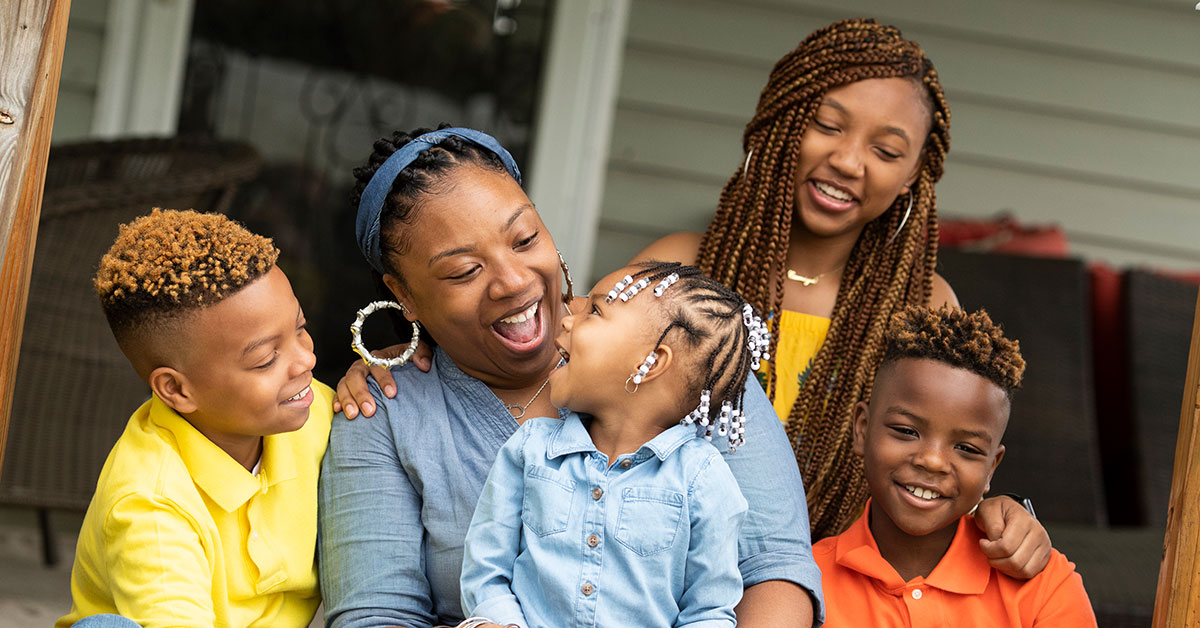Locations
United States

Children who live in unsafe communities
Downloading image...

Definition and Source
PROVIDER
Definition
Children whose parents/guardians reported that they "somewhat disagree" or "definitely disagree" with the statement: "The child is safe in our neighborhood"
There were changes to the wording of this item between 2011–2012 and the 2015–2016 survey. Previously, this variable was defined as children age 0-17 years whose parents indicated that the child lived in a neighborhood that was "sometimes" or "never" safe. Due to changes in wording of this item, it is now defined as children age 0-17 years whose parents/guardians reported that they "somewhat disagree" or "definitely disagree" with the statement: "The child is safe in our neighborhood".
Due to changes in the survey’s item wording, it is not possible to compare estimates from the redesigned survey to those from previous iterations of the NSCH or NS-CSHCN or to conduct related trend analyses. The redesigned NSCH will support trend analyses beginning with data from 2016.
There were changes to the wording of this item between 2011–2012 and the 2015–2016 survey. Previously, this variable was defined as children age 0-17 years whose parents indicated that the child lived in a neighborhood that was "sometimes" or "never" safe. Due to changes in wording of this item, it is now defined as children age 0-17 years whose parents/guardians reported that they "somewhat disagree" or "definitely disagree" with the statement: "The child is safe in our neighborhood".
Due to changes in the survey’s item wording, it is not possible to compare estimates from the redesigned survey to those from previous iterations of the NSCH or NS-CSHCN or to conduct related trend analyses. The redesigned NSCH will support trend analyses beginning with data from 2016.
Data Source
Child Trends analysis of data from the U.S. Department of Health and Human Services, Health Resources and Services Administration, Maternal and Child Health Bureau, National Survey of Children’s Health.
The state-level data used here come from the National Survey of Children’s Health (NSCH). The NSCH includes information on approximately 50,000 children under age 18, with representative samples for each state. For more information on the NSCH, see http://childhealthdata.org/learn/NSCH
The state-level data used here come from the National Survey of Children’s Health (NSCH). The NSCH includes information on approximately 50,000 children under age 18, with representative samples for each state. For more information on the NSCH, see http://childhealthdata.org/learn/NSCH
Notes
S - Estimates suppressed when the 95% confidence interval is greater than 20 percentage points or 1.2 times the estimate.
N.A. – Data not available.
Percentages exclude missing data. Weighted percentages were applied to the estimates of those missing to derive overall estimates for the number of children.
N.A. – Data not available.
Percentages exclude missing data. Weighted percentages were applied to the estimates of those missing to derive overall estimates for the number of children.
Last Updated
April 2025